
- Ancient Indian History - Home
- Study of Indian History
- Writing of Ancient Indian History
- Imperialist Historiography
- Historiography Nationalist Approach
- Marxist School of History
- Sources of Ancient Indian History
- Archaeological Sources
- Geographical Background
- Geography in Ancient Literature
- Stone Age Cultures
- Mesolithic Culture
- The Neolithic Age
- Chalcolithic Period of India
- Chalcolithic Culture In India
- Harappan Civilization
- Harappan Town Planning
- Harappan Crafts & Industries
- Harappan Culture
- Harappan Religion
- Harappan Chronology
- Vedic Civilization
- Vedic Society
- Vedic Politics
- Vedic Religion & Philosophy
- The Aryan Invasion
- Later Vedic Age
- Social System after Vedic Age
- Achievements of Indian Philosophy
- Evolution of Jainism
- Evolution of Buddhism
- Alexander’s Campaign in India
- Maurya Dynasty
- Kalinga War & its Impact
- Society & Economy during Mauryas
- Mauryan Governance
- Early History of South India
- Age of Smaller Dynasties
- Literature of Satavahana Period
- Society of Satavahana Period
- Economy of Satavahana Period
- Technology of Satavahana Period
- Chola Dynasty
- Pandya Dynasty
- Chera Dynasty
- Period of Foreign Invaders
- Gupta Period
- Decline of Guptas
- Governance of Gupta Period
- Literature of Gupta Period
- Economy in Gupta Period
- Science & Tech of Gupta Period
- India after the Gupta Period
- Period of Harsha
- South India during the Harsha Period
- Kadamba Dynasty
- History of Kamarupa
- India after Harsha
- Gurjara Pratiharas
- Palas of Bengal
- Rashtrakutas of Deccan
- Literature after the Harsha Period
- Society after the Harsha Period
- Economy after the Harsha Period
- Religion after the Harsha Period
- References & Disclaimer
Economy after the Harsha Period
The literary and inscriptional evidences of the post Harsha period illustrate the advanced state of agriculture, trade, and economy.
Agriculture
Medhatithi (who was is one of the oldest and most famous commentators on the Manusmti) included a group of seventeen articles in the category of grain (dhanya).
Abhidhanaratnamala mentioned the scientific knowledge of agriculture. A large variety of cereals and other food grains with their synonyms are mentioned.
Classification of soil as fertile, barren, fallow desert, excellent as well as those green with grass or abounding in needs are also mentioned along with the types of soil such as black or yellow soil.
Different kinds of fields were selected for different classes of crops.
Irrigation by the arahata (Persian wheel) and by leather buckets is mentioned.
The inscriptions show that the Persian wheel was present in India much prior to the arrival of Muslim rulers.
It is mentioned by Medhatithi that the agriculturist should be expected to know about what seed was to be sown thickly and what sparsely, what soil was fit for a particular kind of seed and what soil was not so fit, and what harvest was expected from a special variety of seed.
Textile was the oldest industry. The progress of Gupta period continued during this period.
A number of variety and qualities of textiles such as woolen and hempen yarns, garments made of silk, deer's hair, and sheep and goats wool are find mentioned in the contemporary literature.
The contemporary literature of this period also mentioned about the professions of weavers, dyers, and the tailors.
Various metal namely copper, brass, iron, lead, tin, silver, and gold were used during this time. Some centers of metal industry were developed, for example, Saurashtra for bell industry and Vanga for the tin industry were known.
Trade
Indian, Chinese, and Arab sources mentioned the flow of trade between east and west through India.
The Arab traveler, Ibn Khordadbah in the end of the 9th century, mentioned about Indian exports consisting of diverse products including sandal wood, camphor, and camphor water, nutmeg, clove pink, coconut, precious, and semiprecious stones, pearls, fisheries, textiles of cotton, and silk and variety of metal products.
The best breeds of horses were imported from central and western Asia.
Foreign merchants were gradually settled in India. They were attracted by the prosperity of coastal towns of Gujarat, Malabar, and Tamil.
Arab geographers mentioned some of the India ports located on the west coast namely Debal (in Indus delta), Cambay Jhana, Sopara, and Quilon.
The Arab travelers gave descriptive details about the prosperity of Sailendra kings. He established political, cultural, and economic relations with Indian kings.
The guilds continued to play an important part as in the previous centuries.
Medhatithi mentions both the industrial and mercantile guilds.
Guilds consisted of people following common profession such as tradesmen, artisans, money lenders, etc.
South Indian inscriptions mentioned about the working of two famous trading corporations.
Manigramam was the first trading corporations. It was known since the 9th century to the 13th century. It carried on in the coastal as well as inland towns of south India.
Art and Architecture
This phase was undoubtedly a fruitful age for the art and architecture, which are apparent from the numerous temples standing for the 1,200 years.
These temples are among the most beautiful structures of that era and famous for their styles of architecture.
Bhubaneshwar temple of Orissa is an excellent example of the Nagar style or north Indian style.
The great Lingaraja temple of Bhubaneshwar and Sun temple of Konark are the monumental examples of architecture.
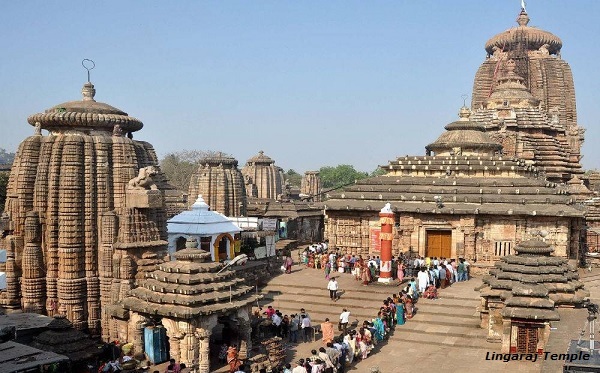
Khajuraho temples in Bundelkhand are excellent Nagar style temples built by the Chandelas. They were built on raised plinth and known for their carving and erotic sculptures.
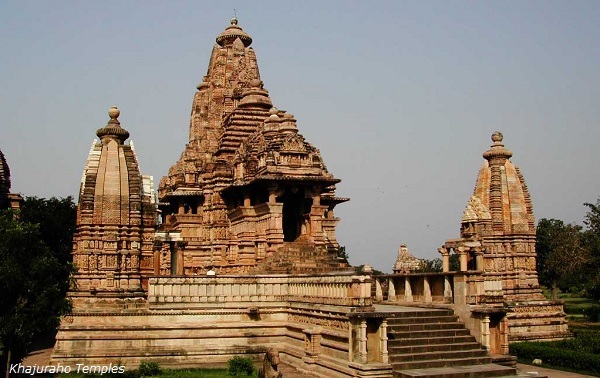
Kandarya Mahadeva temple is another example of excellent architecture.
The Sun temple in Kashmir, called as the Martanda temple was built by Lalitaditya Muktapida around the 8th century A.D., It is the best example of Kashmir style of architecture.
The Jains temples generally have the octagonal dome and are decorated with subjects drawn from the Jain mythology.
The famous temples of Dilwara (Mt. Abu) and Satrunjaya (Palitana) are the best examples of Jain architecture. These temples are famous for their elegant carvings and rich design.
57 feet high Jainis sculpture of Gommatesvara at Sravanabelagola in Hasan, Mysore is one of the largest free standing images in the world.
In the Deccan, the temples of Vatapi (Badami) and Pattadakal (Bijapur) are stylistically different. Further, Hoysalesvara temples (Halebid), though are incomplete, but distinct for its structural and decorative features.
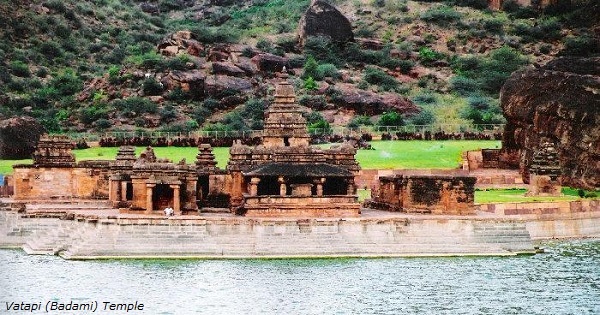
Pallavas built several temples in south India. Important among them are Dalavanur temple at (Arcot district) Pallavaram, Vallam (in Chinglepeet district), and Rathas.
The Kailash temple at Ellora is an example of solid rock temple, dedicated to Siva. It was excavated during the reign of Krishna I of the Rashtrakuta dynasty. It is one of the architectural marvels of this period.
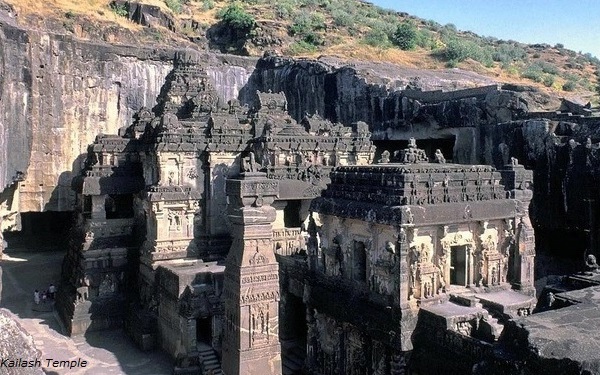
Meenakshi temple of Madurai is the specimen of the Dravidian style of temples.
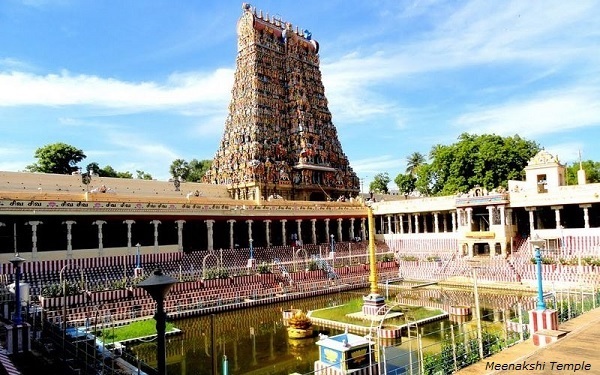
The older tradition of wall painting continued to be used to decorate the walls of temples and palaces.